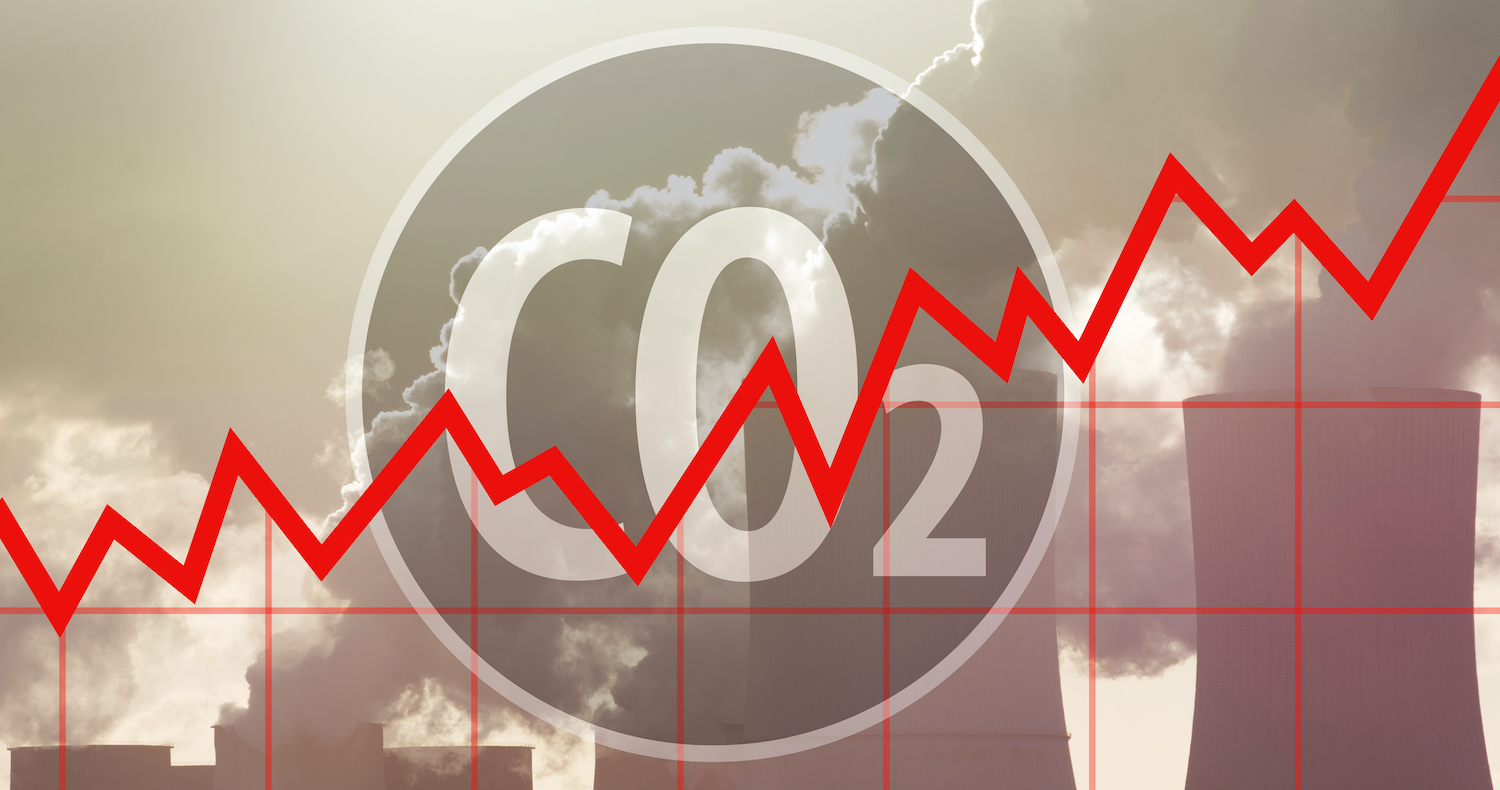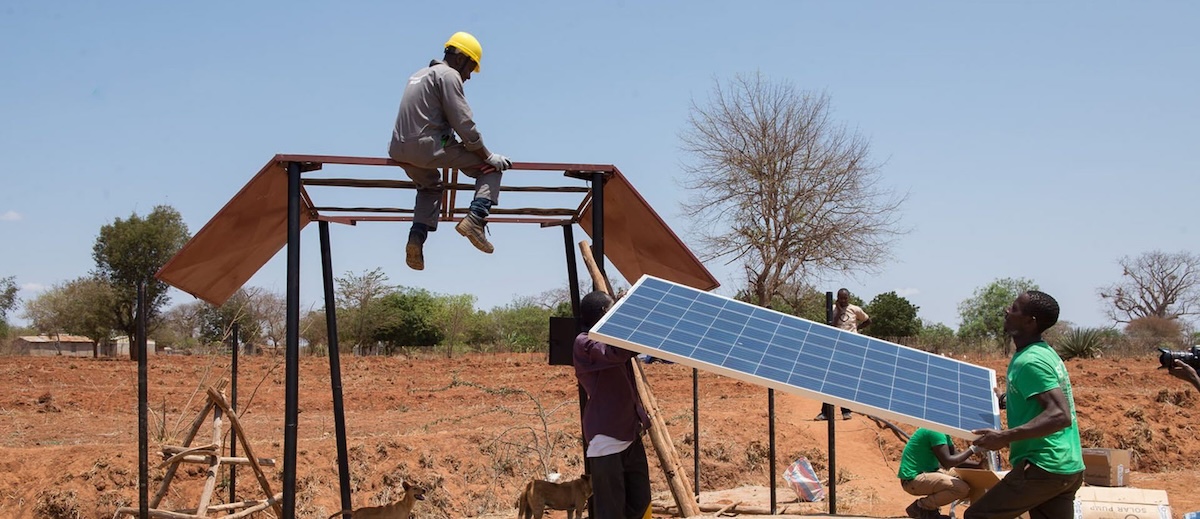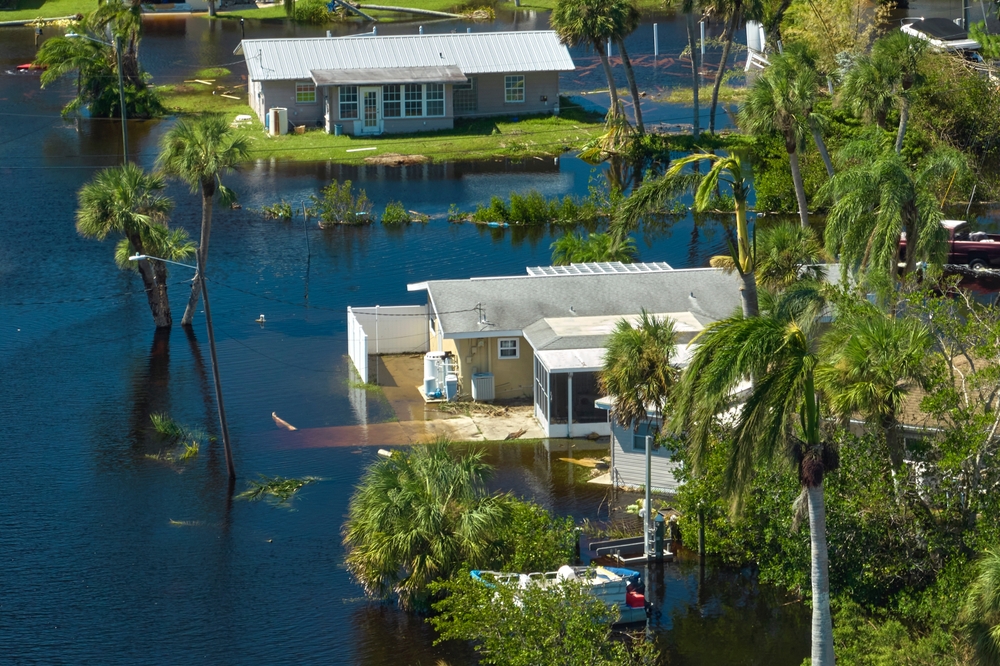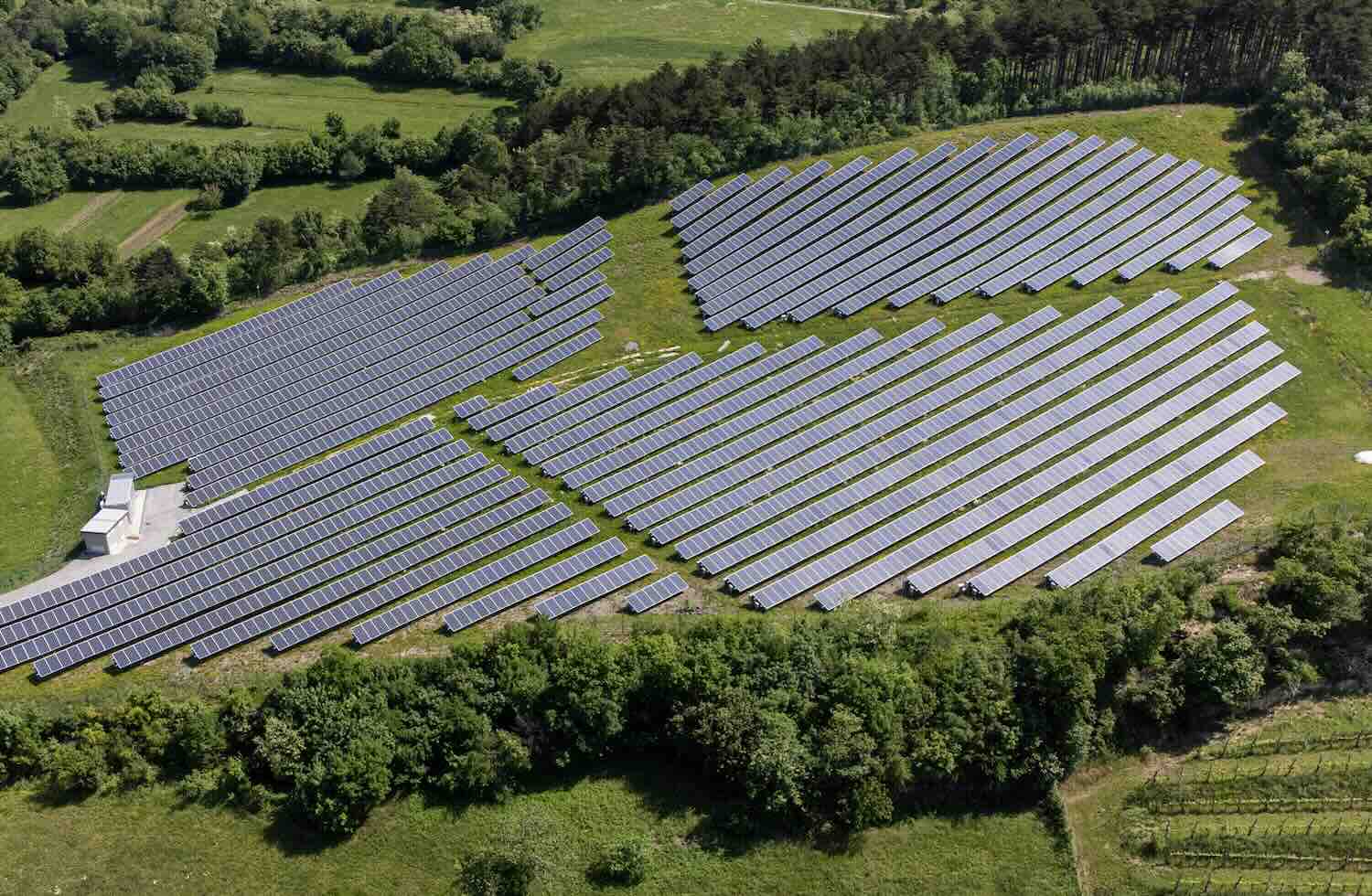ImpactAlpha, April 28 – Carbon hasn’t attracted as much attention as GameStop or Bitcoin, but the price of a ton of CO2 topped €45, or $54, in Europe’s emissions-trading scheme this month, nearly double the price at the beginning of the year.
By region, country and state, the emergence of a global carbon has begun to make emissions, or rather their avoidance, just another commodity on the world market. After many delays, China’s carbon-trading market has launched and is expected to quickly grow into the world’s largest.
Traders and investors who watch commodities markets are positioning themselves for a commodity price point that once seemed years or even decades away: $100 a ton.
Such pricing will drive a disruption of massive proportions, from the fate of ExxonMobil to the profits of midwest farmers. For the thousands of corporations pricing carbon in their internal operations, the rapidly rising prices will shift investments, lending and profits.
Some will be big losers at $100-a-ton carbon. And then there’s Tesla, which reported $518 million in revenues from selling carbon credits (along with $100 million in Bitcoin proceeds), giving it a net profit of $438 million in the first quarter.
Global trading in carbon markets reached $277 billion last year, nearly double the $150 billion in volume in 2019, as governments, primarily in the E.U., ratcheted up their climate goals.
Global commodity traders like Singapore-based Trafigura and Netherlands-based Vitol are standing up carbon trading desks. In January, the Bank of England told banks and businesses to expect carbon to rise to $100 a ton.
Hedge funds are busy raising funds to try corner carbon while prices are still low. Casey Dwyer, an analyst with Andurand Capital Management, a hedge fund betting on a carbon, expects the E.U. carbon price to reach €100 ($121) – this year. “We’re very confident the price path forward is up,” he told Bloomberg.
Carbon Cap’s World Carbon Fund, launched earlier this year, invests into the European and other emission-trading schemes. London-based Northlander Commodity Advisors is tapping into family office and institutional investors demand for an initial $100 million fund that will bet on rising carbon prices.
“After years of oversupply, the market is entering a period of expected future scarcity, financial investors are piling in, and prices are rising,” writes Nathaniel Bullard of Bloomberg’s New Energy Finance group, which had expected European carbon prices to hit €100 – by 2030.
Soil gold
Soybean and corn farmers in Iowa, Illinois and elsewhere already have planted this year’s crop – of carbon.
Truterra, a subsidiary of the Land o’ Lakes cooperative, has signed up farmers to deliver 100,000 tons of carbon-removal to Microsoft, its first major buyer, by June. Farmers will get $20 a ton for sequestering carbon in their soil through a set of proven, and verified, practices, such as no-till agriculture and nutrient management.
“They view carbon as another crop, a commodity, another derivative of farming, like grain,” says Truterra’s Jason Weller, former chief of the Natural Resources Conservation Service in the U.S. Department of Agriculture. “These become annual crops– they can double-crop the fields.”
Strong corporate demand for carbon credits, along with a growing awareness of the true value of avoided emissions, is pushing prices higher.
“Farmers are asking, ‘Why should I sell today if the price of carbon is going up 2x or 3x?’” says Truterra’s Weller. As a farmer and farm-retailer co-op, Truterra doesn’t tie farmers to a forward contract, but rather enlists them in a 20-year improvement plan that lets them sell their carbon crops at current prices each year.
In northern Illinois, farmers are sequestering tons of carbon on as many as 20,000 acres to sell to PepsiCo and Ingredion, a provider of food ingredients. Connecting buyers and sellers is the Soil and Water Outcomes Fund, a partnership of ReHarvest Partners, a spinoff of Quantified Ventures, and the Iowa Soybean Association’s AgOutcomes subsidiary. Cargill and Nutrien Ag Solutions had previously contracted with the outcomes fund.
Forest-carbon prices have not yet caught up. A new $1 billion public-private partnership, the LEAF Coalition, will pay $10 per ton of carbon avoided by preserving the planet’s tropical forests (see, “LEAF Coalition will pay for success in protecting tropical forests”).
Carbon accounting
Cushioning the shock of the price rise is that many companies already are internalizing the price on carbon in corporate decision-making. More than 2,000 companies expect to adopt a price on carbon for internal use within two years and more than 850 companies already have, according to a new CDP report.
“Hidden risks are being recognized by companies, and they’re almost desperate to find a way to illuminate them,” CDP advisor Paula DiPerna told ImpactAlpha. A carbon price is “a critical planning tool and the fact that companies are increasingly using it is an indication of their need to plan for climate change.”
But the prices they adopt are all over the map. Among financial firms, the U.K.’s Schroders set an internal price of $128, Citigroup $68, Wells Fargo $36, BlackRock $18 and Credit Suisse $1.
More than two-thirds of fossil fuel companies are embracing carbon pricing. Shell’s price: $100 per ton. Repsol: $25. BP, which didn’t participate in the survey, has said it expects prices to reach $100 a ton by 2030.
The CDP study found that corporate carbon prices ranged from a median $8 per ton in Latin America and Africa, $23 in the U.S., and $28 in Europe and Asia, where national carbon markets have been established.
The Biden Administration has set the interim “social cost of carbon” at $51, up from $8 under President Trump. A working group will recommend an updated number by next year.
The European Investment Bank calculates a “shadow cost” of carbon to compare prospective projects with the next best alternative. The Bank forecasts that cost will increase to €250 per ton by 2030, and to €800 by the time the EU reaches net-zero emissions in 2050.
The Climate Leadership Council has proposed a Carbon Dividend Plan that would start at $40 a ton and rise 5% above inflation every year. If implemented this year, it would cut U.S. CO2 emissions in half by 2035, the group estimates.
The United Nations has declared that a minimum carbon price of $100 per ton is required to avert the worst effects of climate change.
That sounds like a bargain: Two geoscientists and a philosopher at the University of Chicago calculated “the ultimate cost of carbon” to humanity: $100,000 a ton.











